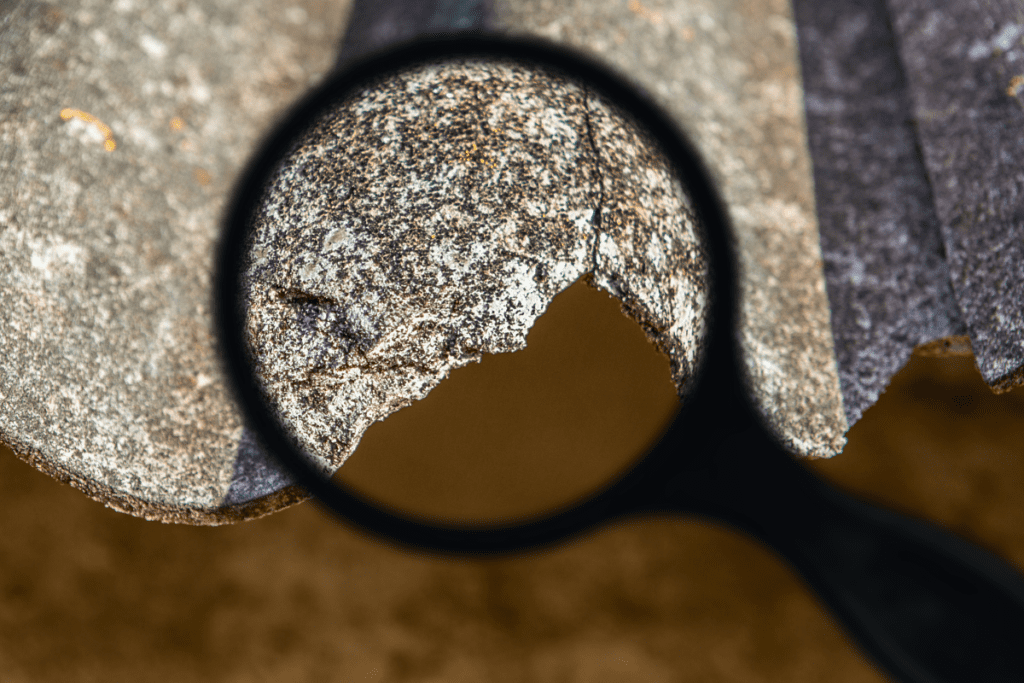A building survey is an assessment, which is carried out to provide prospective buyers with an insight into the condition of a property they’re hoping to purchase. If you are eager to make an offer and move house, it’s wise to arrange for a surveyor to visit the property and carry out a house survey before you proceed. A home survey can flag up problems that you may not be aware of and issues that cannot be detected during a normal house viewing. Once you have the findings of the report, you can decide whether or not you want to go ahead with the acquisition.
A bad survey may seem like the end of the world, especially if you have fallen head over heels for a property that ticks every box. However, it may be possible to salvage the sale or renegotiate. If the survey has taken you by surprise, or there are issues that need addressing, here are some tips to help you decide what to do.
Common house survey issues

If you receive a report from an RICS surveyor and it is littered with red boxes and amber warnings, it’s natural to panic. While there may be cause for concern, it is important to note that many of the problems recorded in the survey will be common in properties of the same type and age and they may not need urgent attention. It is rare to get a report, which has green lights throughout. The most common issues flagged up by building surveys include:
- Damp
- Roof issues
- Lack of electrical safety testing and certification
- Asbestos
- Japanese knotweed
- Faulty drains
- Structural movement
- Missing smoke and carbon monoxide detectors
Some problems are much more significant than others in terms of the potential impact on the sale and cost of repairs. Before you make a decision, it is crucial to consider the expense of fixing problems and the urgency with which you would need to act if you decided to go ahead with the purchase.
What happens after a bad house survey report?
A bad survey can seem like a disaster, but this is not always the case. Sometimes, the problems in a survey can seem worse on paper than they are in real life, and it may be possible to find a solution.
The best thing to do when you get your survey back is to contact your surveyor and go through the report. Your surveyor can provide advice about the severity of issues and defects and give you an idea of how urgent the repairs are and how much they could cost you. You might find that you don’t need to do anything as a matter of urgency and the remedial work required isn’t extensive or costly, or a surveyor may advise you that you would need to spend thousands rectifying issues as soon as the sale goes through. It’s hugely beneficial to ensure that you have the information you need to make a decision.
Here are some options to explore if you don’t get the survey results you were hoping for:
1. Withdraw your offer
If the survey has unveiled a host of problems, and you don’t want to proceed, there is an option to pull out of the sale and withdraw your offer. When you make an offer on a property, it is not legally binding. You have the right to change your mind until contracts are exchanged. You might decide that this is the best option if the repair work is costly, the issues will take a long time to address, or you don’t want to take on a project.
If you are thinking about pulling out, but you love the house, it is worth contacting the estate agent and discussing whether it would be possible to modify your offer or negotiate with the seller.
2. Renegotiate your offer
A home survey can flag warning signs of problems that are expensive to fix. If you weren’t aware of issues when you made an offer, or you submitted an offer that was at the top of your budget, it may not be viable to proceed with the sale at the agreed price. At this point, you have two options. You can either walk away or renegotiate your offer. Talk to your surveyor and get some quotes for the most urgent jobs before you submit a new offer. Research suggests that 67% of buyers are able to negotiate with sellers after a negative survey (source).
If you wish to negotiate, get in touch with the estate agent and explain the situation in detail. Provide information about the findings of the survey and potential repair costs and ask the agent to discuss the matter with their client. If you want to buy the house, make sure the agent knows that you are still interested.
3. Ask the seller to undertake remedial work
Another option you may want to think about if your survey identifies issues is asking the seller to undertake work before you move in. If the roof needs attention, for example, you could negotiate with the seller to see if they would be willing to foot the bill for repairs or accept a lower offer to cover the cost of the work.
Which is the best option for me?
Many buyers find themselves in a situation where the survey brings bad news, which they weren’t expecting. There are several factors, which may impact your decision, including the severity of the issues, the cost of repair work and how much you want to buy the property. If you love the house, the problems are minor and you can afford to repair them, it makes sense to see if you can negotiate a lower price. If you can’t, you may decide that you still want to go ahead. If you’re not crazy about the property, or the cost is too high and the seller won’t renegotiate, it may be best to walk away. Take your time to make a decision.

A bad survey can seem like a disaster if you’re desperate to buy a house, but you don’t need to panic if the survey isn’t as positive as you hoped. There are options to explore, including submitting a lower offer and asking the seller to undertake the required work. It is hugely beneficial to talk to your surveyor before you decide which path to take.




